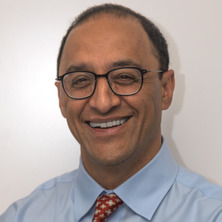Network activity and the role of NMDA receptors in associative learning (2022-2026)
Abstract
The brain is the most complex machine we know, and its activity shapes every aspect our lives. Studies over decades using tools from molecular and cellular neuroscience and behavioural experiments have discovered the parts of the brain involved in learning and memory formation. Much is understood about the neural circuits that mediate learning but how memories are formed and stored are not understood. The aim of this project is to understand learning and memory formation using a simple Pavlovian learning paradigm, fear conditioning. Using cutting-edge molecular tools we will label the circuits in the amygdala that mediate this learning and the nature of the memory trace. In the long term, these results may drive novel storage devices.

